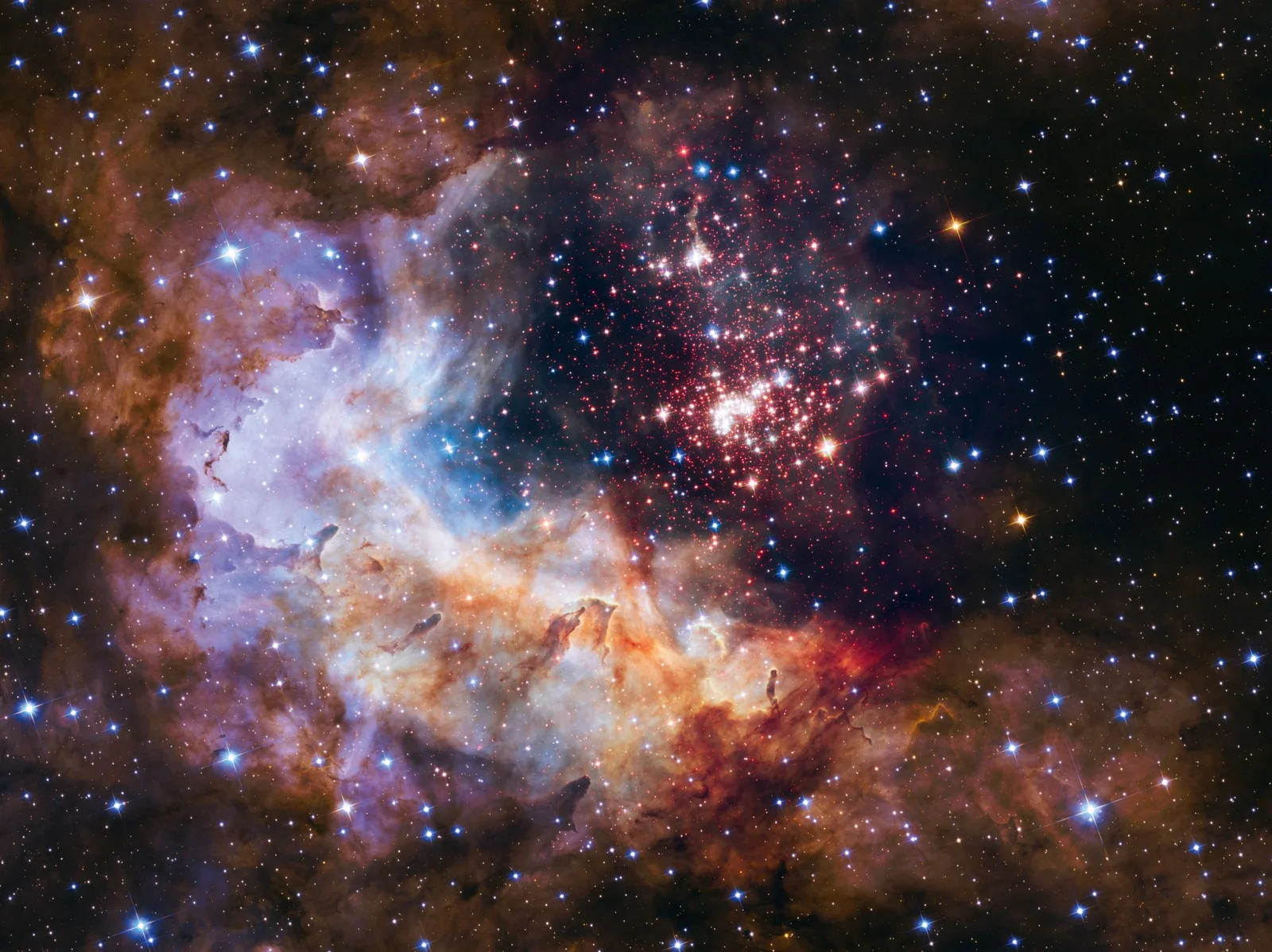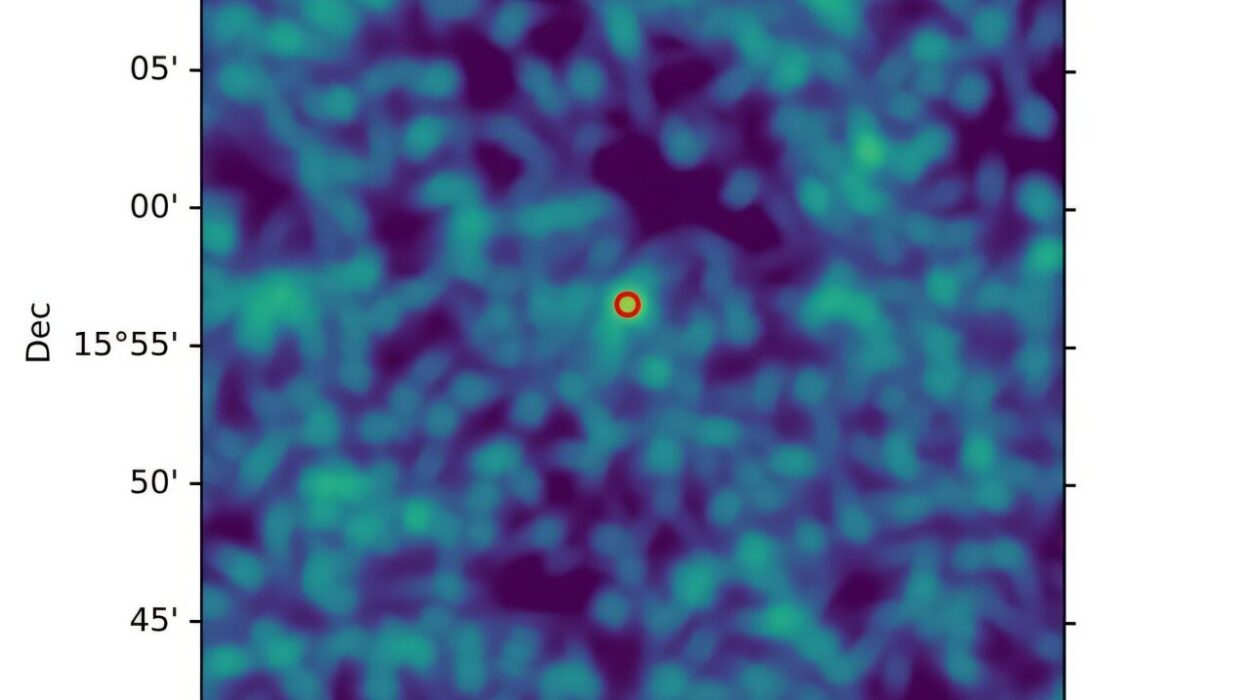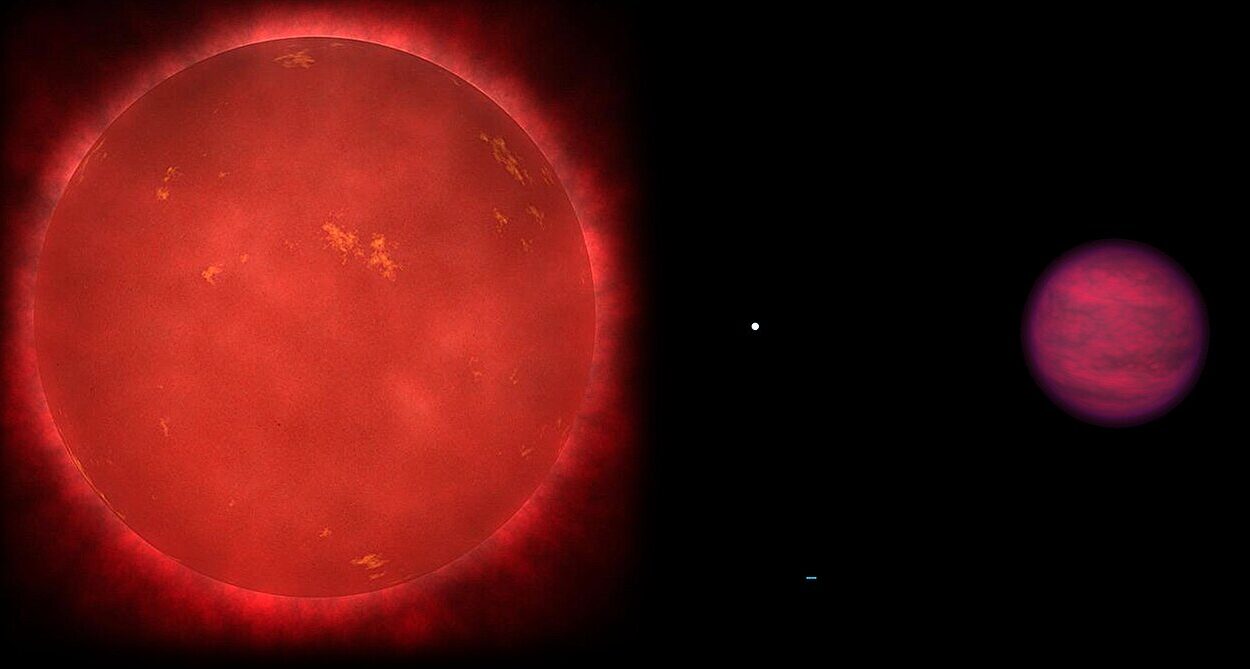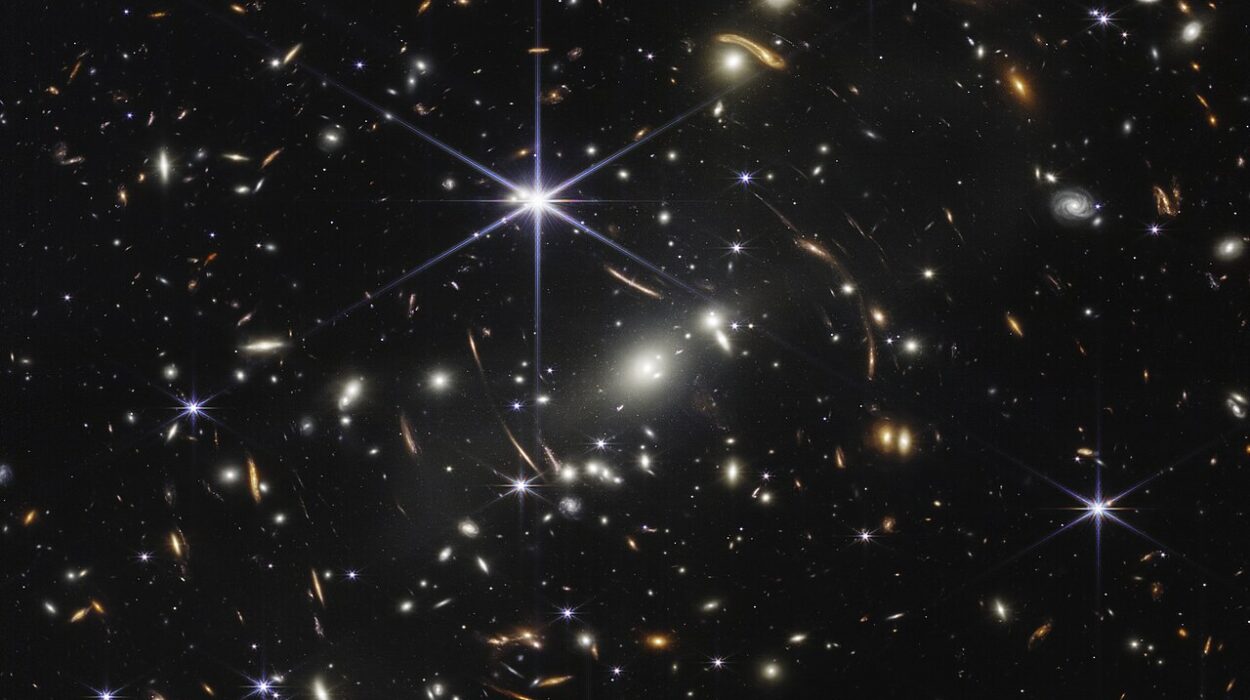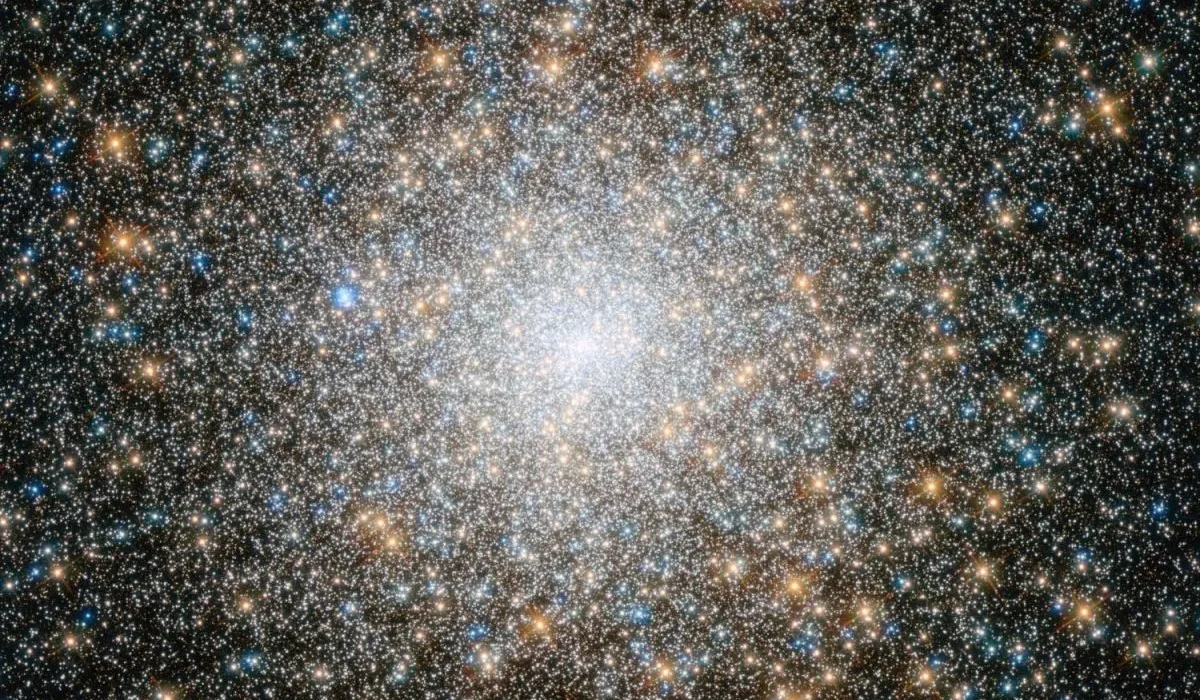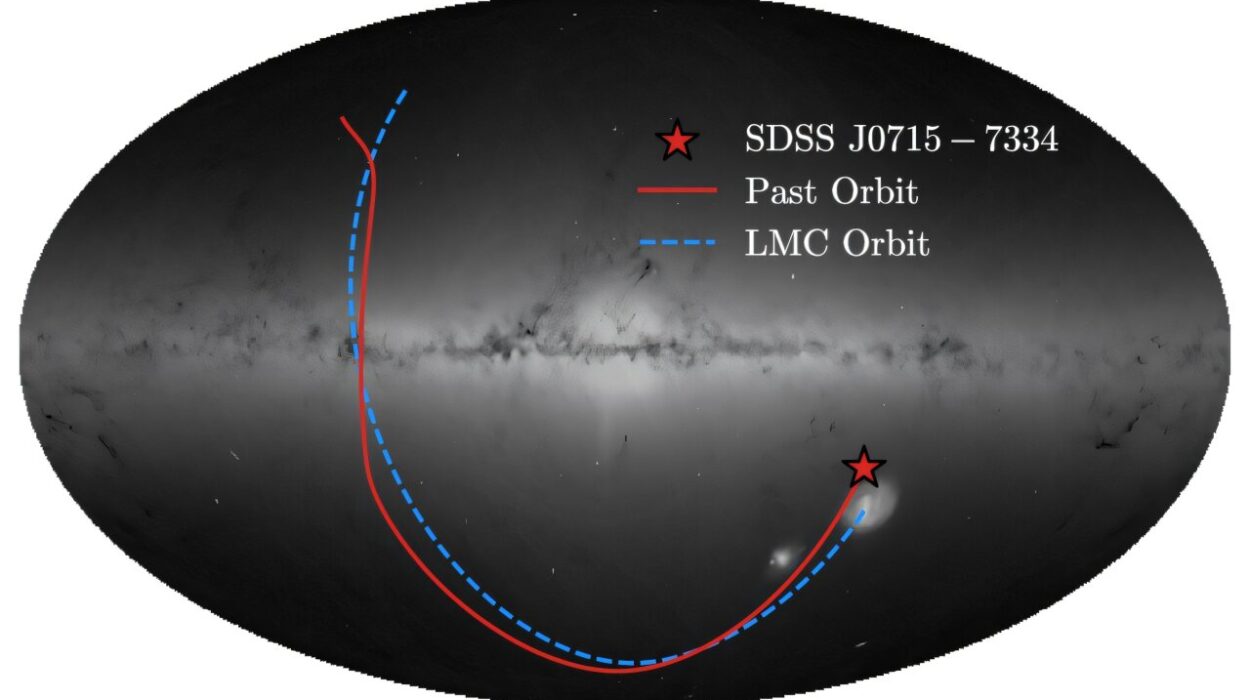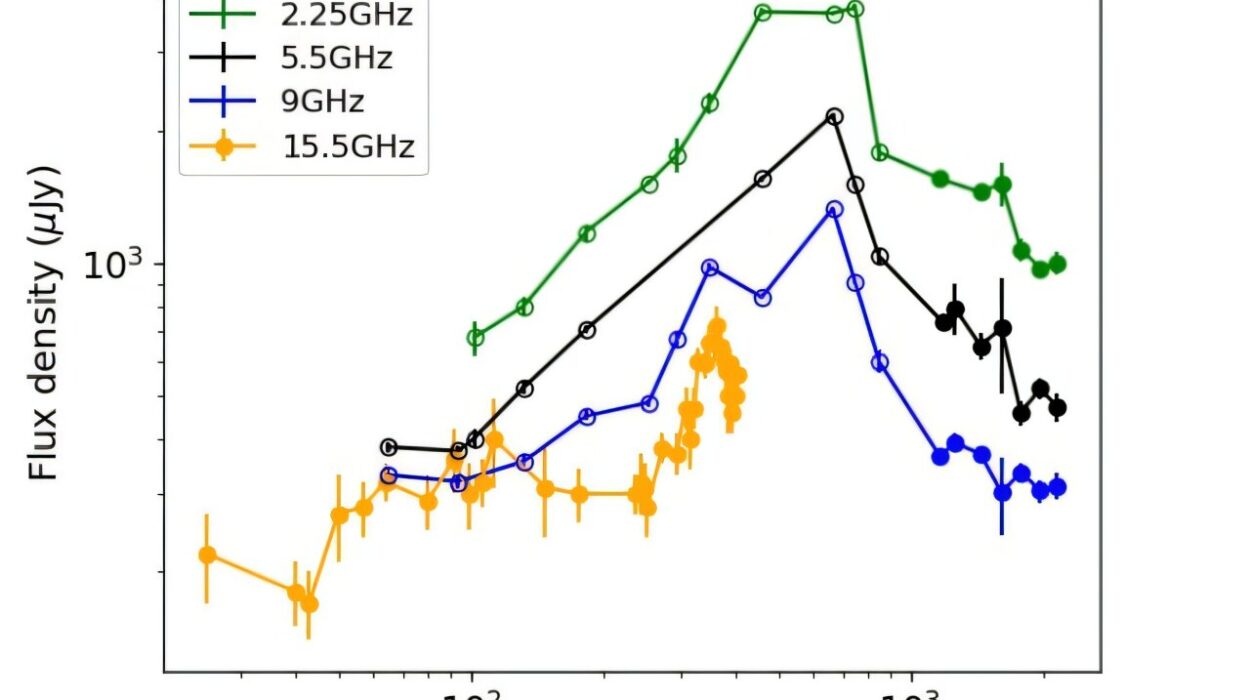For more than a century, the dominant view in cosmology has been that the universe will continue expanding forever, stretching out into a cold, dark, and lonely eternity. This vision of the “heat death” was fueled by Albert Einstein’s famous cosmological constant, which for decades has been interpreted as positive—meaning the universe is being accelerated outward by a mysterious force known as dark energy.
But a bold new analysis by Henry Tye, the Horace White Professor of Physics Emeritus at Cornell University, suggests a very different fate. Using fresh data from cutting-edge dark energy observatories, Tye and his collaborators propose that the cosmological constant may actually be negative. If true, the universe will not expand forever. Instead, it will reach a maximum size, slow down, and then reverse—collapsing back inward in a spectacular “big crunch” about 20 billion years from now.
This idea reframes our place in cosmic history. If Tye is right, then the universe, now 13.8 billion years old, is already heading toward the midpoint of its life. Out of a total span of about 33 billion years, we may be living in the dawn of the universe’s second act—the expansion phase that precedes an eventual collapse.
The Cosmological Constant: A Century of Mystery
The key to understanding this prediction lies in a deceptively simple idea: the cosmological constant. When Einstein first introduced it in 1917, he did so reluctantly, adding it to his equations of general relativity to make the universe appear static, because at the time scientists believed the cosmos was eternal and unchanging. When Edwin Hubble discovered in the 1920s that the universe was in fact expanding, Einstein abandoned the constant, famously calling it his “greatest blunder.”
Yet the cosmological constant made a comeback in the late 20th century. In 1998, astronomers studying distant supernovae discovered that the expansion of the universe was not slowing down due to gravity but accelerating, as if pushed by an unseen force. The simplest explanation was a positive cosmological constant, interpreted as a kind of vacuum energy filling space itself. This mysterious force became known as dark energy, and it now accounts for nearly 70% of the universe’s mass-energy content.
For two decades, this view seemed unshakable: dark energy was positive, uniform, and eternal, and the universe would expand endlessly. But as Tye points out, data from the most recent surveys suggest a more complicated picture.
Dark Energy Under the Microscope
The Dark Energy Survey (DES) in Chile and the Dark Energy Spectroscopic Instrument (DESI) in Arizona are among the most ambitious scientific projects ever attempted. Together, they map millions of galaxies, tracing how matter clumps and spreads across billions of light years. By carefully measuring cosmic expansion over time, these observatories test whether dark energy truly behaves like a simple cosmological constant—or whether something subtler is at play.
The latest results hint that dark energy may not be constant after all. Instead, it may evolve with time. Tye and his team explored this by proposing the existence of a hypothetical particle with an extremely low mass. In the early universe, this particle acted like a cosmological constant, driving rapid expansion. But in the modern universe, its behavior shifted just enough to nudge the cosmological constant into negative territory.
The implication is breathtaking: the universe is not destined to expand forever. Instead, it is like a stretched rubber band. For now, the expansion continues, but eventually the band will reach its limit. Then, pulled by the negative cosmological constant, the cosmos will contract. Galaxies will draw together, stars will collide, and ultimately all of space, time, and matter will collapse into a single point.
The Coming Big Crunch
If this model holds true, the universe has a lifespan of about 33 billion years. Right now, at 13.8 billion years old, we are in the first half of that life. The expansion will continue for another 11 billion years, reaching its maximum size. Then, the universe will begin to contract, with the end—what cosmologists call the “big crunch”—arriving roughly 20 billion years from now.
This scenario is not entirely new. Physicists have long known that if the cosmological constant were negative, the universe would eventually collapse. But what Tye’s work adds is specificity: a timetable, grounded in observational data. It is no longer a vague theoretical possibility but a testable prediction about the ultimate fate of everything we know.
The image of a universe collapsing inward is haunting. Imagine the sky growing brighter as galaxies crowd together, cosmic structures unravel, and finally, space itself folds inward. It is not a quiet fading but a violent return, the universe snapping shut like a cosmic rubber band.
Humanity at the Midpoint
There is a strange emotional resonance in realizing that the universe may already be past its youth, heading toward its cosmic middle age. For centuries, humanity has looked to the stars and wondered whether time stretches on without end. To be told instead that we live in a universe with a finite lifespan, measurable in billions of years, forces us to think differently about our place in it.
We are fragile creatures, existing for the briefest flicker in cosmic time. And yet, through physics, we can sketch the life story of the universe itself. We know where it began, in the searing brilliance of the Big Bang. And now, thanks to research like Tye’s, we may know where it ends—in the crushing embrace of the big crunch.
Far from being depressing, this knowledge can be strangely comforting. Just as individual life has a beginning and an end, so too does the universe. To live in a cosmos with a story—birth, growth, climax, and closure—connects us emotionally to the very fabric of existence.
Observing the Future
Tye emphasizes that more data are needed before this model can be confirmed. The DESI project will continue for another year, refining its measurements of dark energy. Other observatories—such as the Zwicky Transient Facility, the European Space Agency’s Euclid telescope, NASA’s new SPHEREx mission, and the Vera C. Rubin Observatory—will join the effort. Hundreds of scientists are gathering ever more precise data about how galaxies move and cluster.
With every observation, we inch closer to understanding the true nature of dark energy, the mysterious force that makes up most of the cosmos. If these results continue to point toward a negative cosmological constant, the case for a finite universe will grow stronger.
The Beauty of Knowing
Why does it matter whether the universe ends in fire or ice, in endless expansion or a final collapse? For Tye, and for cosmology as a whole, the answer lies in completeness. To know both the beginning and the end of the universe is to know its full story. It is to understand not just what the universe is but what it means.
“For any life, you want to know how life begins and how life ends—the end points,” Tye reflects. In the 1960s, scientists established that the universe had a beginning in the Big Bang. For decades, the prevailing belief was that it had no end, stretching on forever. Now, data suggest otherwise. The universe may, like us, be mortal.
And there is something profoundly human in that. Knowing that the universe has both a beginning and an end does not diminish its majesty. Instead, it makes every moment of existence—every star that shines, every thought we think, every act of discovery—all the more precious.
A Story Still Unfolding
Physics, at its core, is the search for truth. It is a science that asks the deepest questions: Where did we come from? Why is the universe the way it is? How will it all end? Each generation of scientists pushes closer to answers, yet with every discovery, new mysteries emerge.
The idea that the universe will collapse in a big crunch may hold, or it may one day be overturned by future data. Either way, the pursuit itself is profoundly meaningful. To measure the cosmos, to dream of its fate, is to participate in the grand story of human curiosity.
And so, we live in an extraordinary time. We stand on a small planet around a modest star, and yet we are capable of imagining the death of the universe itself. Whether the end comes in 20 billion years or stretches on without limit, our search to understand it will continue. For as long as we gaze into the night sky, the universe will whisper its questions, and physics will try to answer.
More information: Hoang Nhan Luu et al, The lifespan of our universe, Journal of Cosmology and Astroparticle Physics (2025). DOI: 10.1088/1475-7516/2025/09/055. On arXiv: DOI: 10.48550/arxiv.2506.24011
